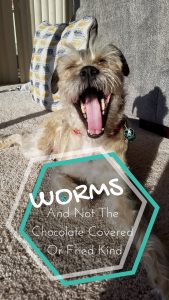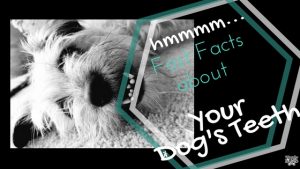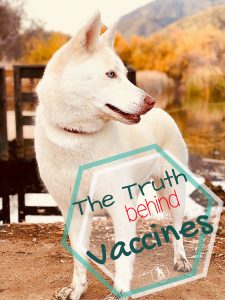Being aware is half the battle
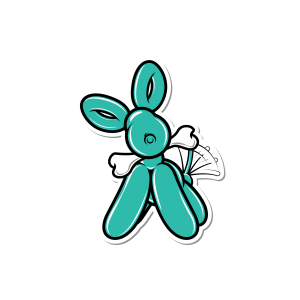
Keep reading if you:
- Want to learn more about bowel obstructions.
- Are not sure if your dog has a bowel obstruction.
- Need to know what to do in case your dog has an obstructed bowl.
How to Recognize If Your Dog Has a Bowel Obstruction
No one likes it when their furry legged, happy-go-lucky, WigglyButt companion is feeling under the weather. We all like our buddies to be happy and healthy. And face it, no one is a fan of cleaning up excretions from any orifice.
Vomit and diarrhea are things I like to avoid.
However, when your furry buddy wiggles their butt into your heart, you sign a mental contract to love and take care of them in sickness an in health. You’re family now!
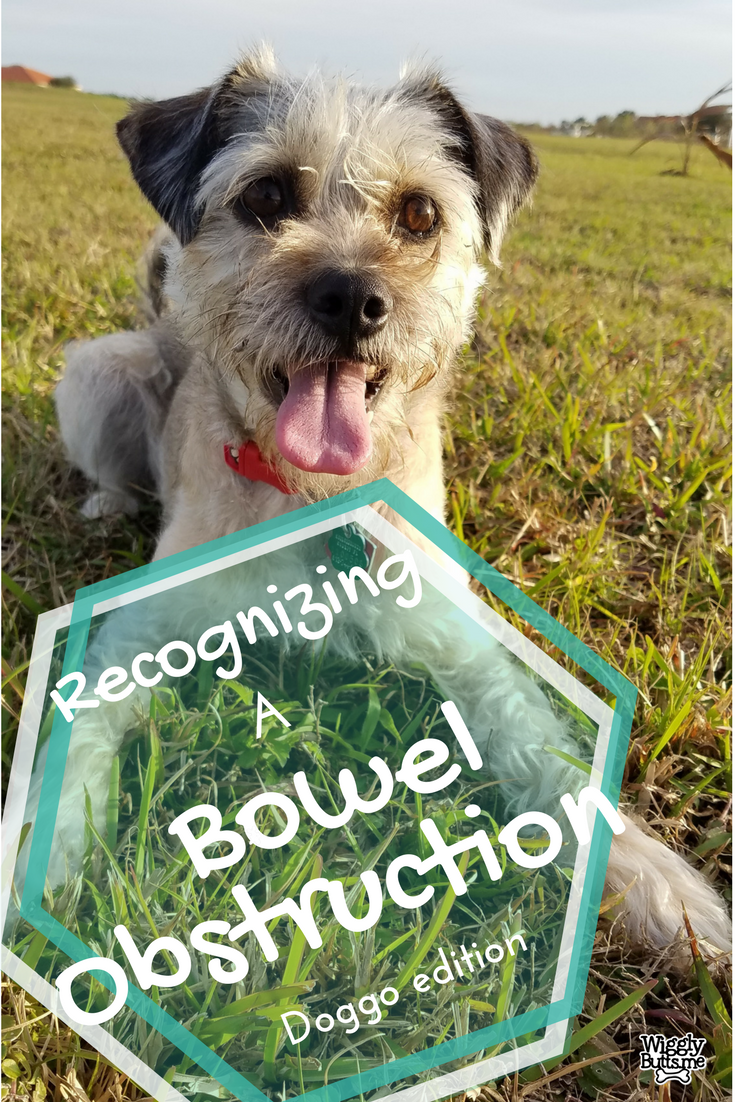
With a bowel obstruction you get their love and their vomit.
Being aware of these four things will definitely help prepare you:
- How to recognize symptoms of a bowel obstruction in your dog
- What to do if your dog has a bowel obstruction
- How to prevent your dog from acquiring a gastrointestinal blockage in the future
- Common items that lead to obstruction in dogs
Dogs can and will get in to everything!
It is good to have a mental note of the toys which are currently entertaining your pooch, rooms that are accessible and areas of the yard that are frequented. Having a good idea of the items and environment to which your dog is exposed will prove to be quite helpful.
>> What is a bowel obstruction?
A bowel obstruction is when something is ingested and then gets lodged somewhere in the intestines. Anything eaten after a bowel obstruction occurs, will not be able to pass the point of blockage.
When your dog swallows something it encounters different parts of the gastrointestinal tract. First the ingested item goes down your dog’s esophagus [throat], then into the stomach.
The stomach is filled with enzymes and gastric acids that aid in breaking down food so it can pass through the small and large intestines.
The large and small intestines are also known as the small and large bowel. Hence, the terms bowel obstruction or bowel movements…
Obstructions can occur at the beginning of the bowel, well within the bowel or at the end.
When traveling from the stomach to the small intestine, there is a narrowing and a sphincter that foods must pass through. This is the first place that ingested items can be lodged or get stuck.
>> What can I expect if my dog has a bowel obstruction?
When the stomach is overloaded expect your pupper to vomit… and then some!
Signs and symptoms of a possible bowel obstruction may include, but are not limited to:
- Vomiting
- Bloating
- Loss of appetite
- Weakness
- Dehydration
>> Get to know your dog!
Pi, our 20lb schnauzy mix, will regurgitate her meal if she eats too quickly.
Therefore, we add water to her obstacle food bowl to slow her down.
She also has a feeding and pooping routine. Yes, I said a pooping routine. Oh the joys of pawrenthood!
Fur babies and kiddos alike will have you analyzing poop! It is just what you do now. Enjoy!
We take Pi out in the AM, and if she doesn’t poop before her meal, then she will have a bowel movement soon after eating breakfast [15 – 20 mins ish].
The same thing goes for her evening meal. It is clock work for her since we trained her on a schedule.
This being said, if something is really out of the norm, it is usually recognized since she has a routine. Having a routine will alert your brain easier if something falls outside of the pattern.
>> the shituation
One Friday evening, Pi ate and puked not too long after. We did not think too much of it because she had a bowel movement in the morning.
We waited a little before feeding her again. Her meal was broken into two portions.
Our original train of thought was that “she ate too fast.” [Pi is a rescue, and she is a scrappy pup who had to hustle for her food]
We did not hesitate to break up the meal and feed her. She kept her food down and everyone went along their happy day.
The next morning (Saturday):
- Small bowel movement
- Puke soon after eating again
The thought occurred that she may have eaten something she should not have, but food is being digested which is evident by the presence of poop [very little poop…].
Maybe she is constipated? I don’t know?! If she did eat something she should not have, maybe it just needs time to pass.
Instead of feeding her dry food, we changed her to cooked plain rice. She was able to keep it down so we fed her rice again for dinner.
Although, Pi did not regurgitate her meals, she also did not have a bowel movement in the evening. [Hmmmmm… we also fed her less]
Sunday morning, she changed. Not only did she vomit the rice, but there was no bowel movement, and she was avoiding the food.
We gave her plain water and Pi wanted nothing to do with it. She began vomiting more [bile because there was no food to regurgitate].
!! SPOILER alert !! My Dog has a bowel obstruction !!
Sunday Recap:
- Vomited MULTIPLE times
- Bowel movements are now absent
- Developed an aversion to food
- Her WigglyButt is at a standstill
If you think your dog has a bowel obstruction ask yourself:
- What and when did your last feed your dog?
- What has your dog been playing with lately?
- When was the last time your dog pooped?
- What is the consistency and color of your dog’s poop?
- Very dark colored poop may indicate blood mixed in with feces.
5. How many times has your Dog vomited?
6. What was in your dog’s vomit?
- Did you notice blood in your dog’s vomit?
- Red blood is new blood. Brown blood is older.
Pay attention to your dog. You need to know your furry buddy. Paying attention can save their life! Dogs will be dogs. Being aware is half the battle.
>> the culprit
This poor little dog! Time to go to the vet [Yay! Time for a trip to the emergency pet clinic on a Sunday].
The emergency vet is ONLY about 37-ish minutes away…
Before hopping into the car we wanted her to calm down a little bit. She continued to vomit bile and there was a bit of dry heaving.
Then it happened! The culprit tumbled out of her mouth from her tummy.
A PLASTIC WATER BOTTLE CAP!
…and THE PAWRENT OF THE YEAR AWARD GOES TO…
She loves playing with the skinny plastic one liter bottles. We ALWAYS discard the cap and then she plays [heh… so I thought]. Gnawing on the bottle or the cap is not allowed because I am afraid something like this would happen.
I even made a fabric water bottle “pillow” case thingy, so she could play and not ingest plastic particles. So much for that!
On the bright side, I aware of what could go wrong, how to recognize that something is wrong, and what to do next.
Bee Tee Dubs [BTW] it had been THREE months since she played with a water bottle, because a cap had mysteriously vanished.
For the life of me I could not recollect what I had done with the cap!
I thought I tossed it in the garbage bin. FAIL…FAIL…epic FAIL [insert angry frowny face]!
The cap was chewed and flattened into a long piece of plastic she could swallow.
After stewing in stomach juices [for what could have been three whole months], the cap evolved into a green, gross, and deformed [in one piece but deformed] resemblance of what was a bottle cap.
It kind of looked like that fruit by the foot stuff. Minus the fruit… and it was a few inches long.
Even though the culprit had been evacuated [to our knowledge], we opted to continue our plan onward to the vet.
She was dehydrated, and there was no way for us to know right away if the bowel obstruction was truly resolved or if she had gastrointestinal injuries.
When we arrived to the clinic, it was determined that an X-ray would be sufficient and she would not need an endoscopy to see if there was still a gastrointestinal blockage.
Important Note: Internal injuries were not suspected because her vomit nor feces did not contain blood at any point.
The X-ray revealed she needed fart and she would be fine. Yay! [Insert happy dance here…]
They prescribed an antacid in case she needed it [she did not] and gave her a “camel back”.
A “camel back” is given to dogs by administering fluid subcutaneously [under the skin].
The fluid sits under the loose skin on their back between their shoulders.
It is a great way to rehydrate dogs if intravenous [IV] fluids are not necessary. The great thing about subQ fluid vs IV fluid is that your dog can be ambulatory. They can walk around. Better yet, they can go home!
Pi’s camel back was cool to the touch and her body absorbed the fluids appropriately in a few hours.
She was back to her normal WigglyButt self in no time.
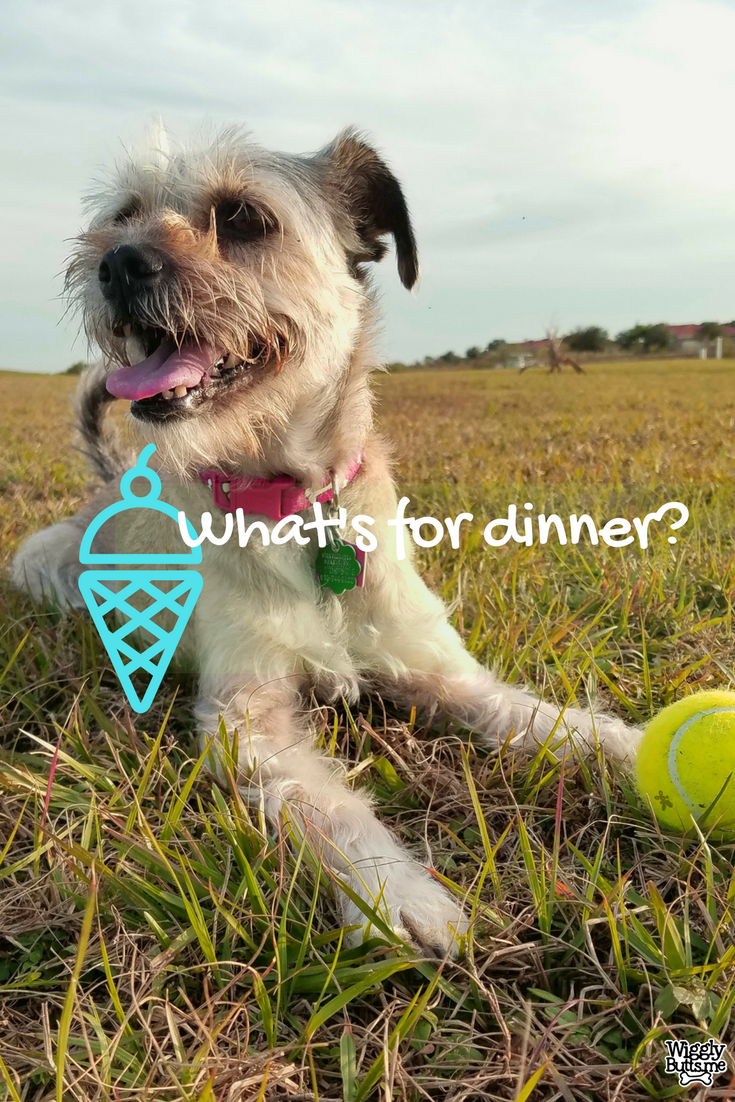
summary
Thankfully she resolved the shituation on her own before needing surgical intervention.
This is not the case for every canine. Sometimes the obstruction needs to be surgically removed, other times a simple endoscopy with extraction probe can be used.
Get to know your dog. I cannot stress this enough. Dog’s love consistency, because then they know what to expect.
Like wise, by having a routine with your furry buddy you will be able to better recognize when something is out of the ordinary.
If you think your dog has a bowel obstruction please seek professional veterinary help as soon as possible.
Be aware of the questions mentioned above, because your vet may ask you similar questions!
After reading this, do you feel better prepared to recognize if your furry buddy is in need of help? Has your dog had a similar experience? Tell me in the comments below in the comments!

